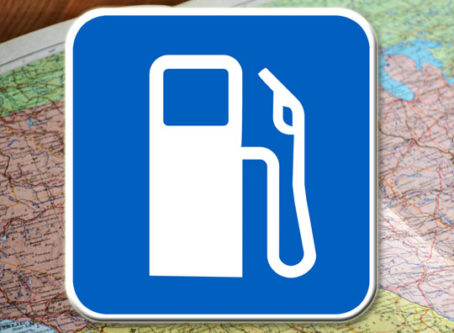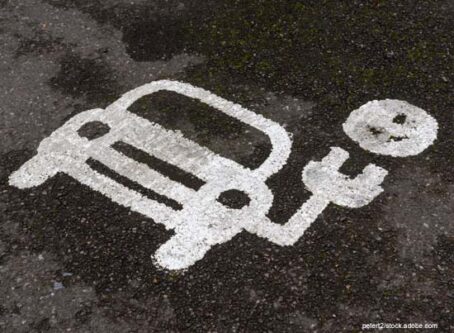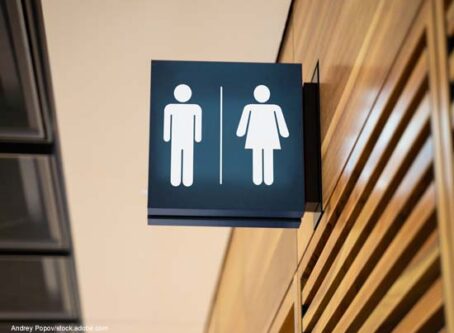Left lane rule changes coming to four states
New rules to address concern about left lane use for motorists and truck drivers soon will take effect in three states. Another state is nearing a revision to its left lane rule.
The Owner-Operator Independent Drivers Association and the National Motorists Association say that blocking the left lane, whether intentional or not, results in reduced road safety and efficiency.
Arkansas
A revision to Arkansas’ left lane rule takes effect on Aug. 3.
In 2013, the state acted to prohibit all travelers from continuous driving in the left lane on multiple-lane roadways whenever traffic flow is impeded.
Although the rule was intended to address slower-moving vehicles traveling in the passing lane, state officials point out the rule also applied to instances when a vehicle is traveling at or above the posted speed limit but a faster-moving vehicle is attempting to pass.
“Slower traffic keep right” signs are posted around the state.
The Legislature acted in 2019 to add a requirement for yellow “state law” signs to be added at locations already posted with keep right signs.
Previously HB1849, the new law revises the rule to state that left lane travel is only allowed when passing or overtaking another vehicle. Other exceptions include preparing to turn left or when other lanes are closed or unusable.
New signage to alert travelers to the rule change will cost the state $100,000, according to a fiscal impact statement attached to the bill.
Oklahoma
Across the state line in Oklahoma, a new rule in effect Nov. 1 is intended to clarify the state’s left lane law.
State law has limited left lane use on roadways with at least two lanes of traffic in the same direction. Statute specifies that drivers are required to stay to the right unless passing or preparing to turn left, or for safety measures.
The bill signed by Gov. Kevin Stitt revises wording in statute to specify that vehicles would be in violation of the law when traveling on highways. HB2054 states that county roads that are not part of the interstate or turnpike system are to be excluded.
South Carolina
Starting Aug. 15, a revision to the South Carolina left lane rule will be in place.
State law has required any vehicle moving at less than the normal speed of traffic to stay to the right. Exceptions to the lane rule are made for situations that include preparing to turn or to overtake and pass another vehicle.
No penalties were attached to the law.
State lawmakers approved a bill this year to make a change they say is necessary because the current deterrent is not enough to discourage the behavior.
Gov. Henry McMaster signed into law the bill that applies the left lane rule to situations on highways with at least two lanes when a vehicle is traveling behind a slower-moving vehicle. Fines would be limited to $25.
H3011 specifies that commercial vehicle drivers would be exempt from the rule when they are unable to move into the right lane safely due to other vehicles overtaking or passing the truck on the right, or when a truck’s driver is unable to move into the right lane safely due to a highway grade or other vehicles overtaking or passing the truck on the right.
Until the revised rule takes effect later this summer, the South Carolina Department of Transportation will be required to post signage along highways to alert travelers of the law.
Warnings will be issued for violations occurring during the first 90 days after the revised rule takes effect.
Alabama
In Alabama, a similar pursuit now is law.
State law prohibits drivers from hanging out in the far-left lane. A 2019 revision to the rule clarified that while traveling on an interstate it is against the law to stay left more than 1½ miles without completely passing another vehicle. Certain exceptions apply, such as while driving through a work zone or during heavy traffic congestion.
This year’s bill on the topic focuses on notifications for the public about the lane use rules.
Specifically, the Alabama DOT soon will be required to install signs in regular intervals on interstate highways.
The signage requirement has a $560,000 price tag, according to a fiscal note attached to the bill – HB505. LL
More state trends
Keith Goble, state legislative editor for Land Line Media, keeps track of many trends among statehouses across the U.S. Here are some recent articles by him.









